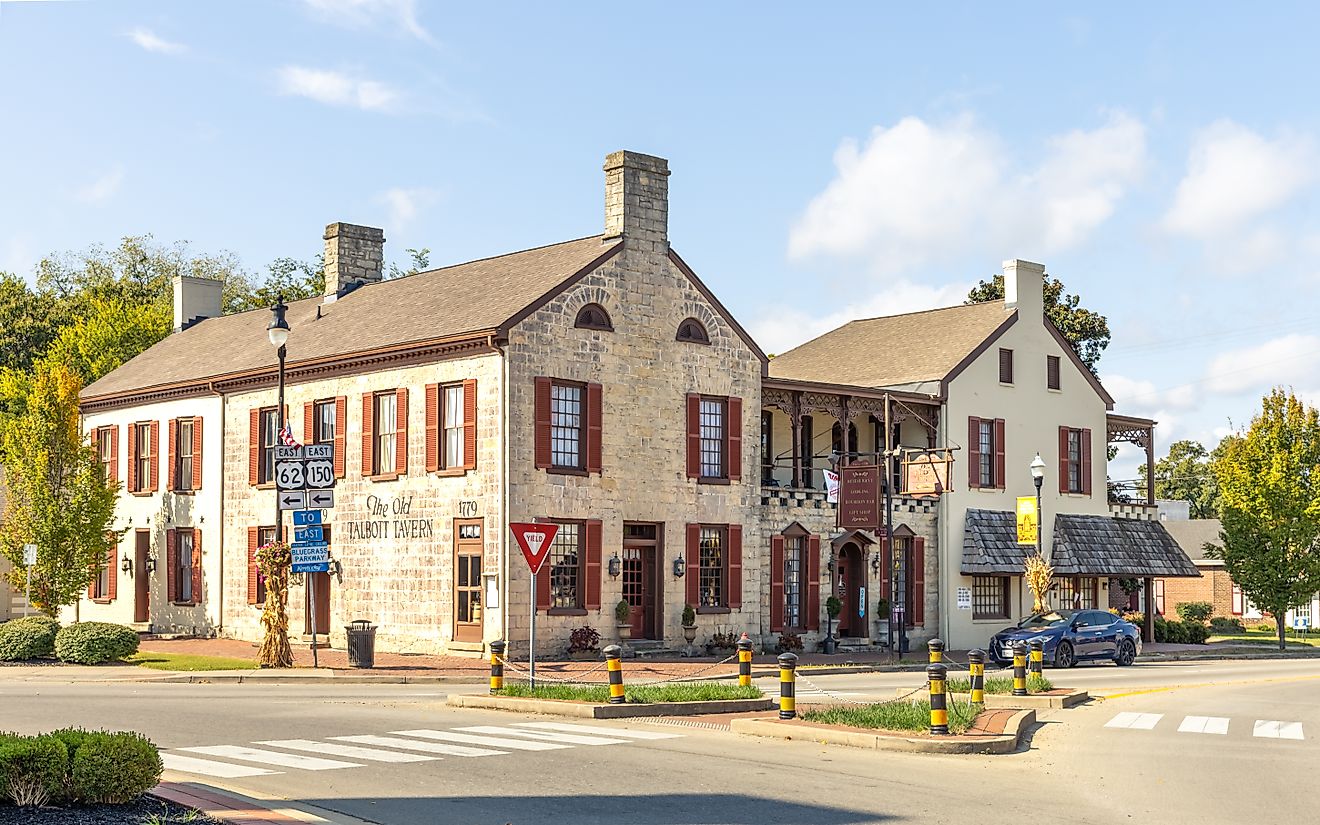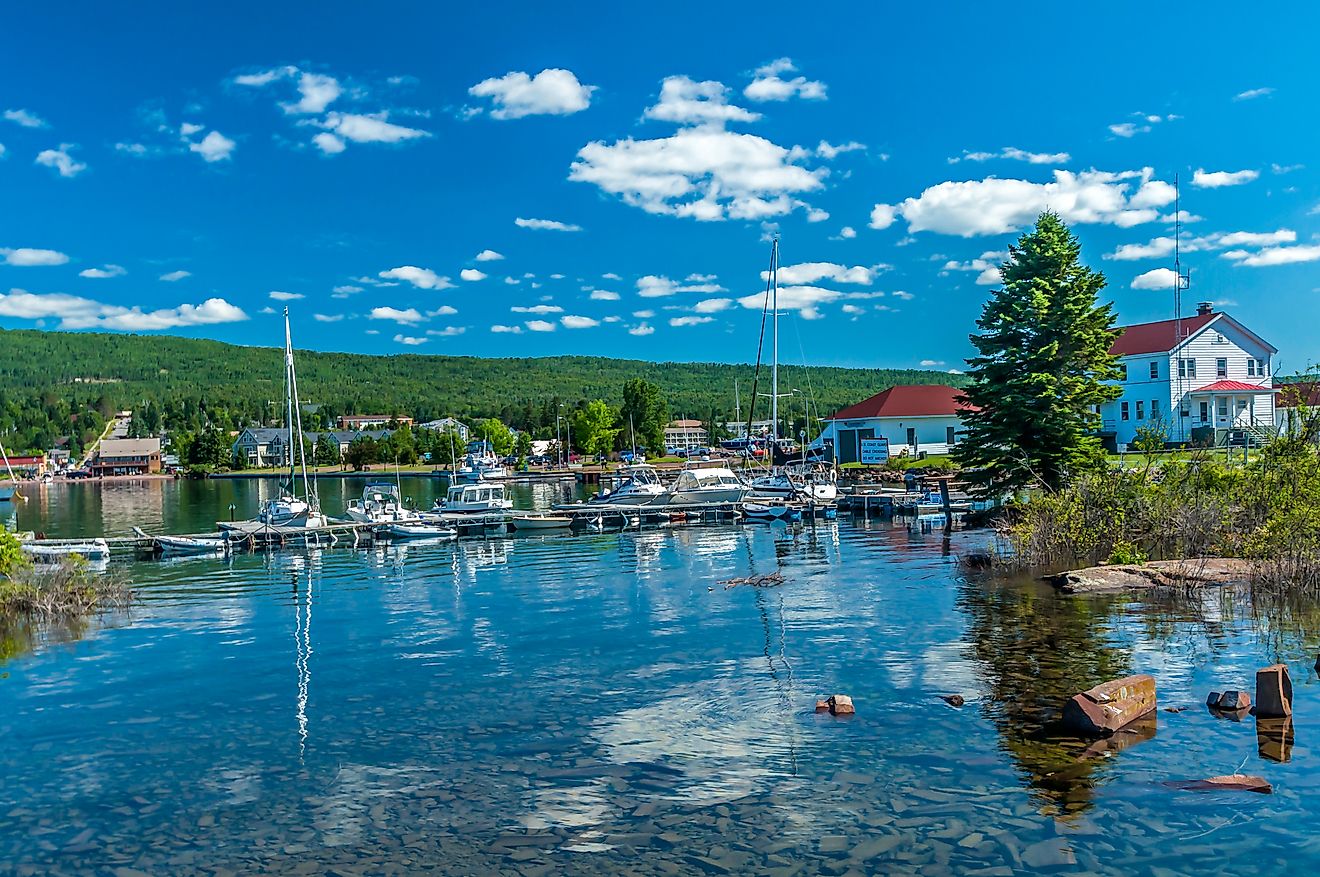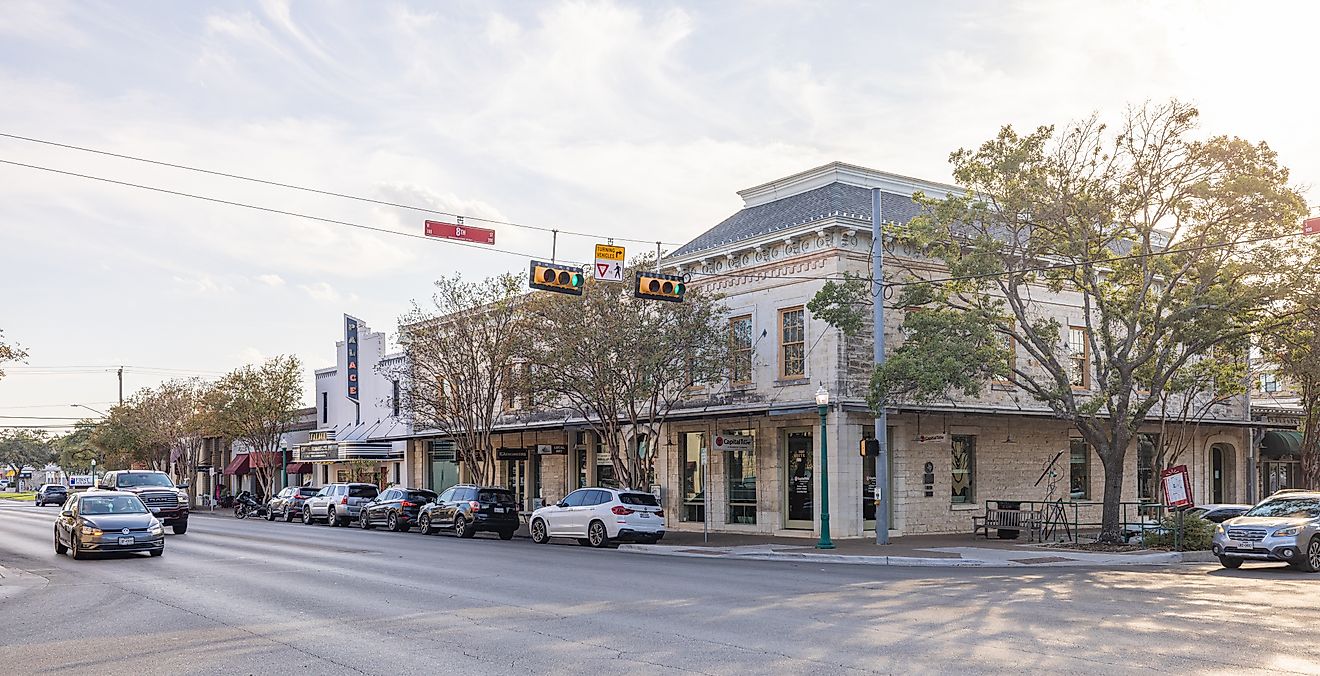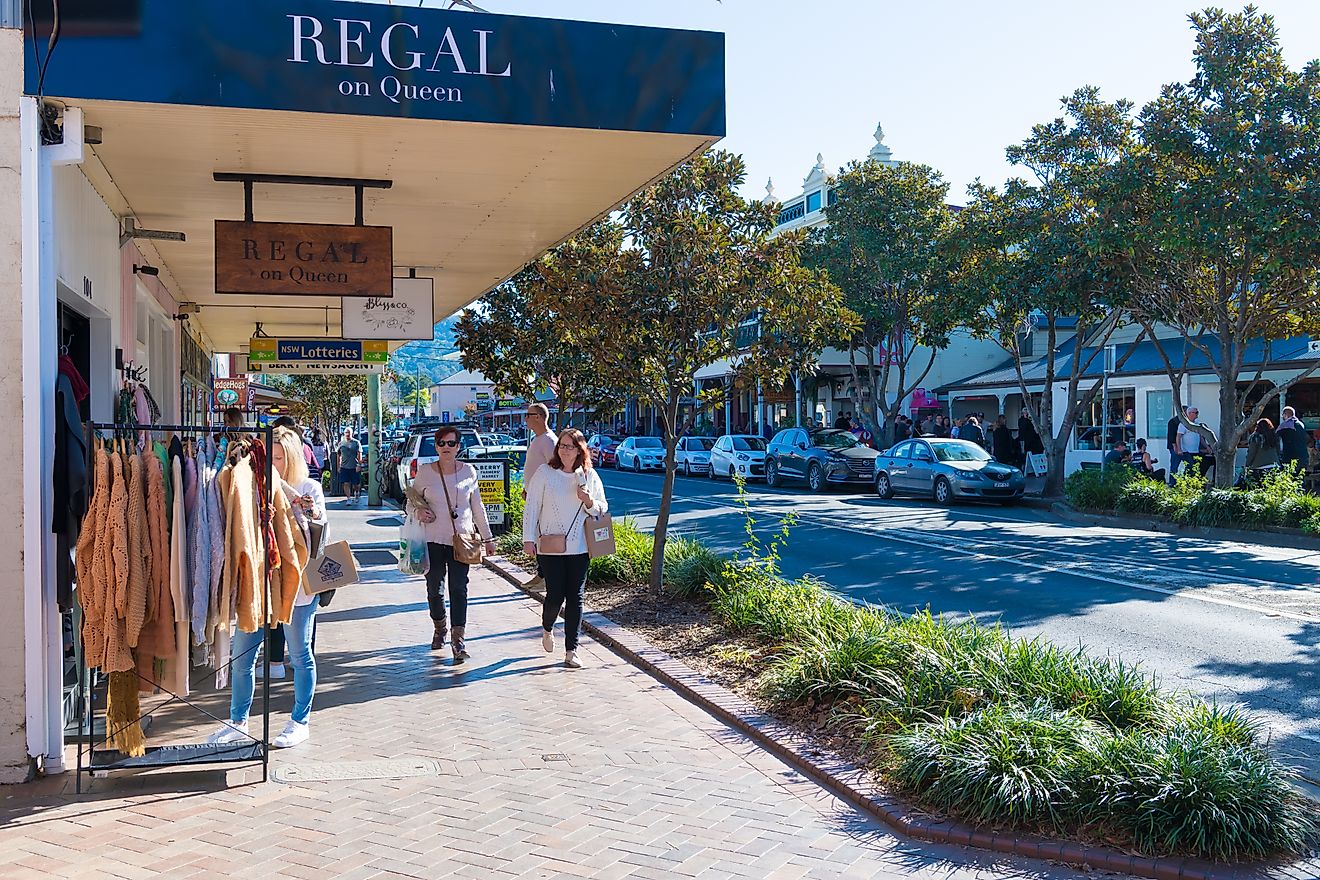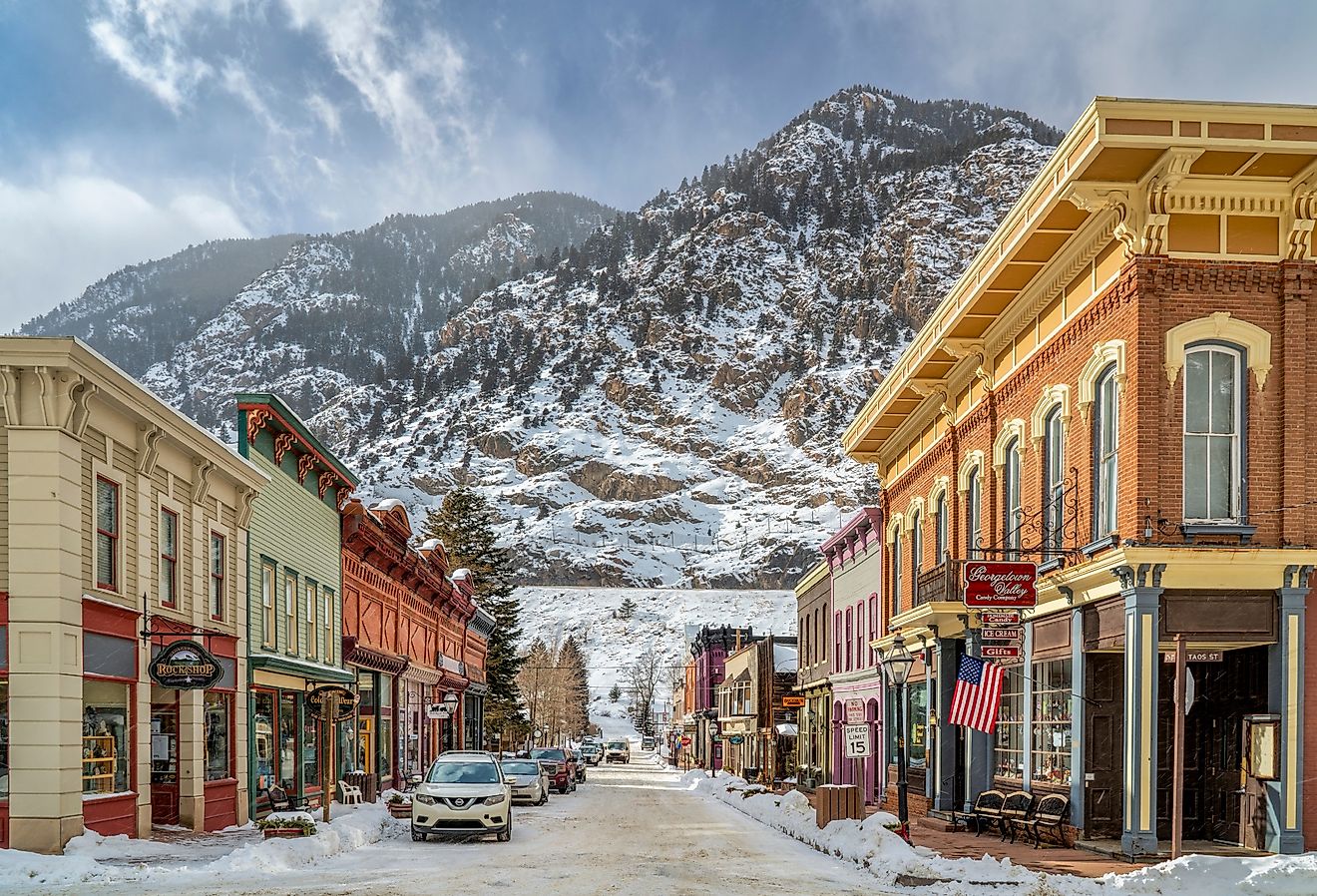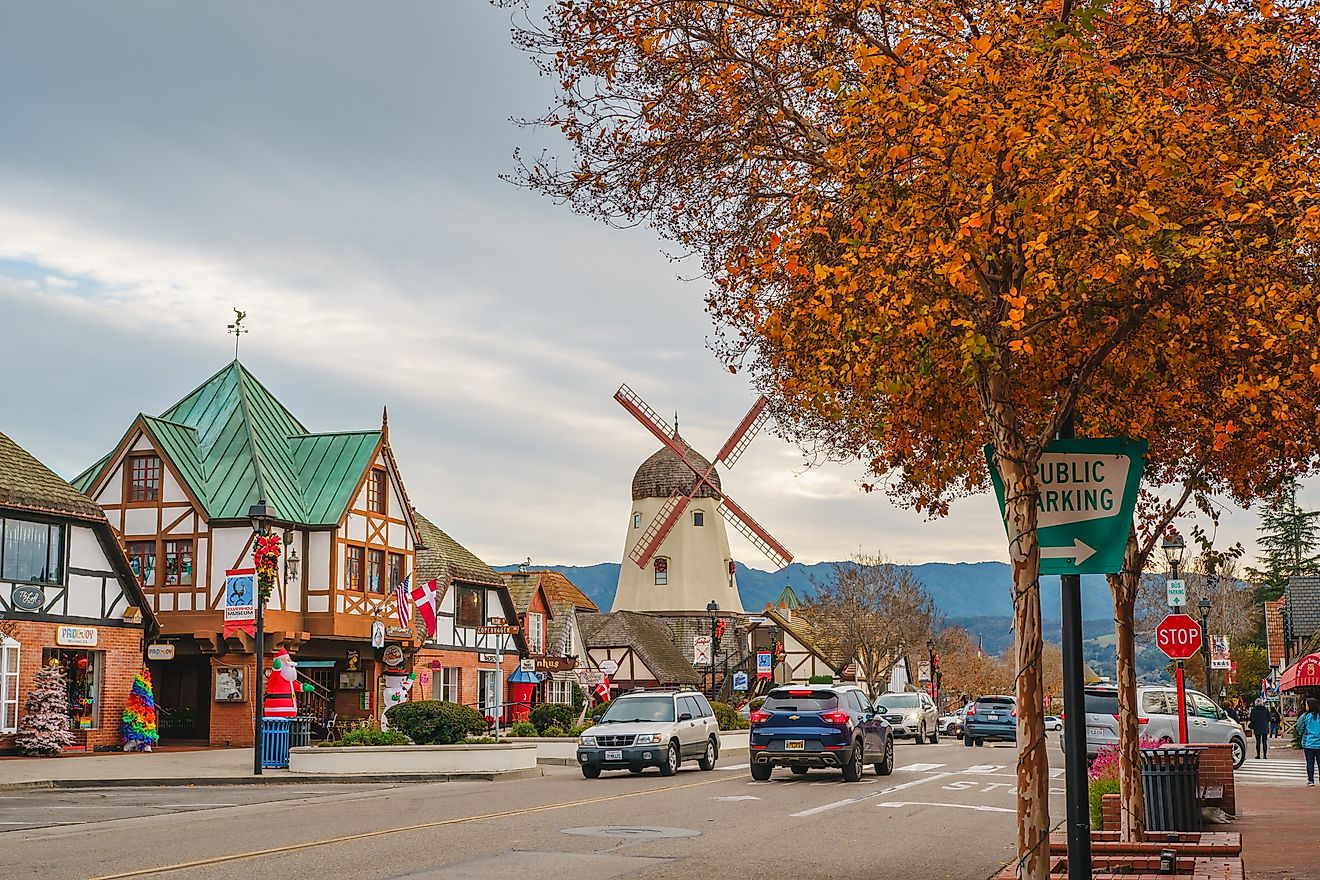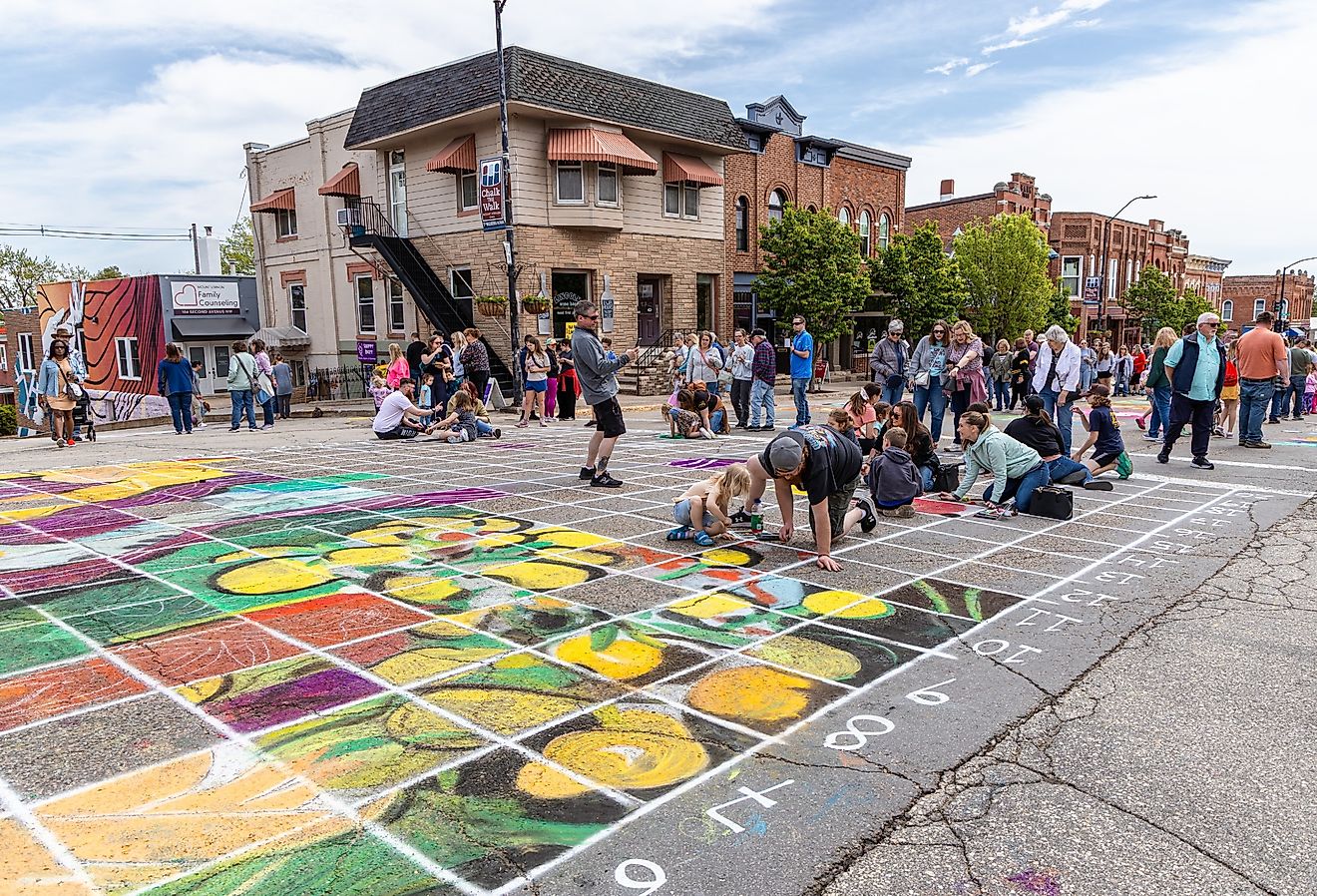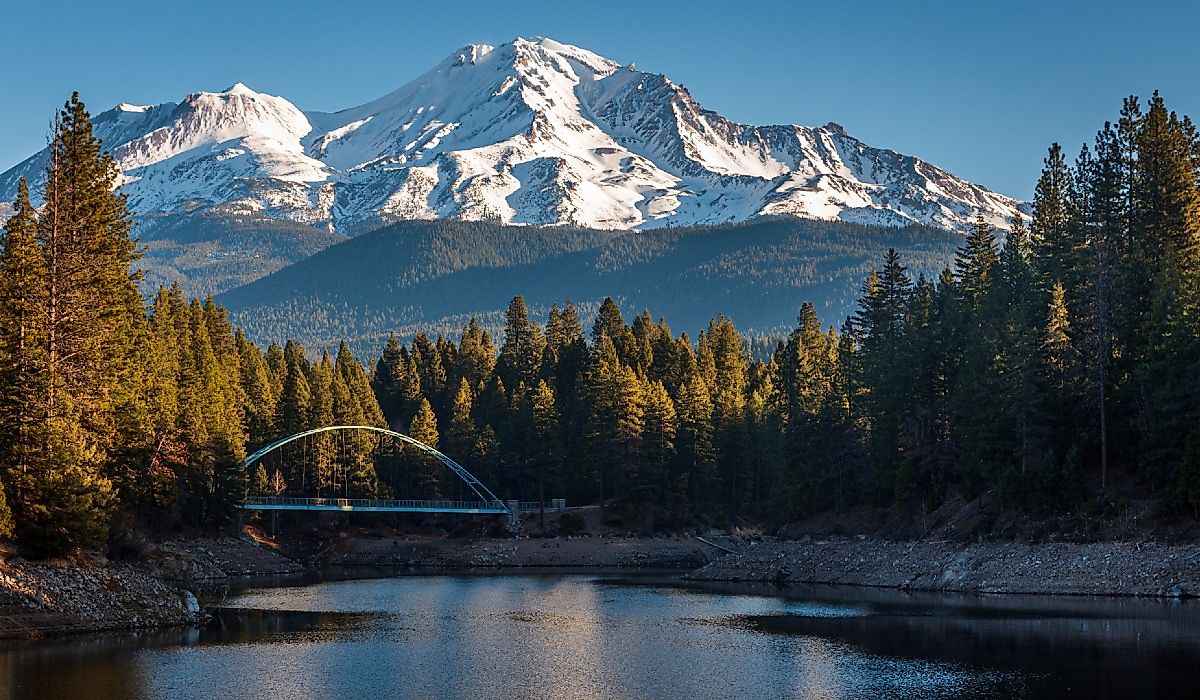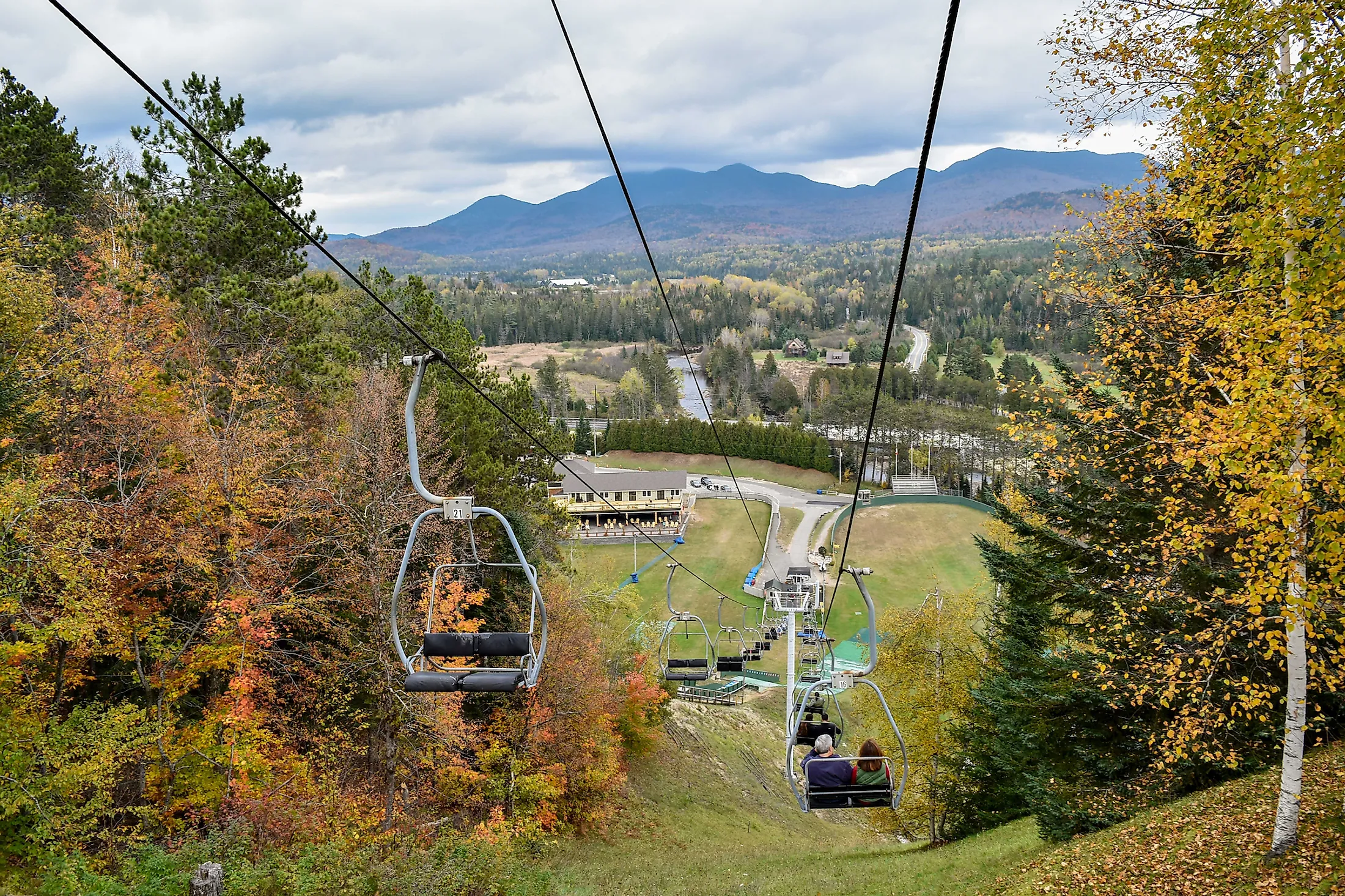
Lake Placid, New York
Lake Placid is a small village in the US state of New York. Its greatest claim to fame is hosting the Winter Olympics twice, first in 1932, then again in 1980. Lake Placid is one of only three locales in the world to be given the honor of hosting the Winter Olympics twice (Innsbruck, Austria, and St. Moritz, Switzerland are the other two). The village was founded in the early 19th century and was intended to be a mining site. By the late 19th century, the village became popular with rich and famous tourists. Today, Lake Placid and its environs remain popular with tourists looking for outdoor adventure.
Geography Of Lake Placid
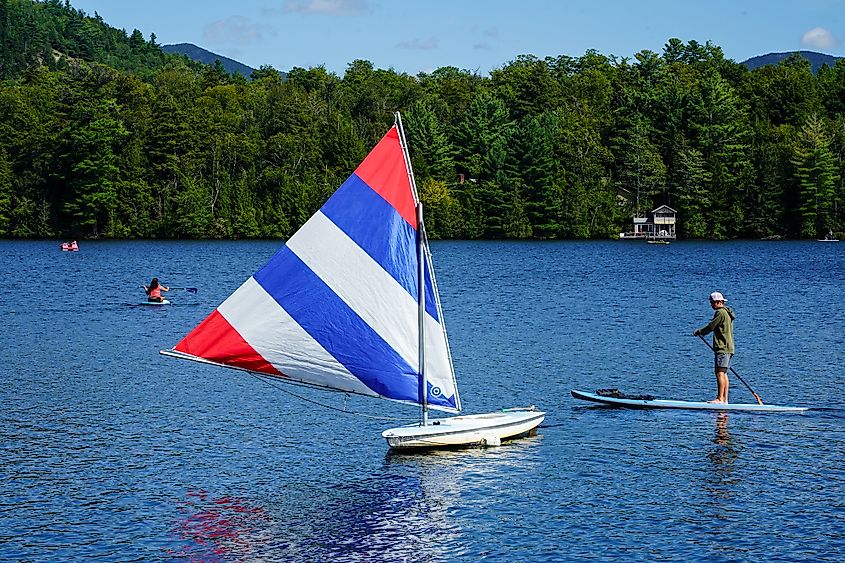
Lake Placid is located in the Adirondack Mountains, in the northeastern part of New York. The northern part of the village nearly surrounds Mirror Lake. Further north are three named lakes that surround two islands called Buck Island and Moose Island. These three lakes are called East Lake, West Lake, and a lake that, like the village, is also named Lake Placid. The village’s city limits extend to the southern shore of East Lake. The closest sizeable town to Lake Placid is Plattsburgh, located 80 km to the northwest. Lake Placid and the towns of Saranac Lake and Tupper Lake, both located to the west, make up what is known as the Tri-Lakes Region. Within the village itself are two rivers. The smaller river, which flows in two places in the village’s southwest, is called Outlet Brook. This river is connected to a larger river called the Chubb River. A section of the Chubb River flows through the southern part of Lake Placid village. The village has a total area of 4 sq. km.
Population Of Lake Placid
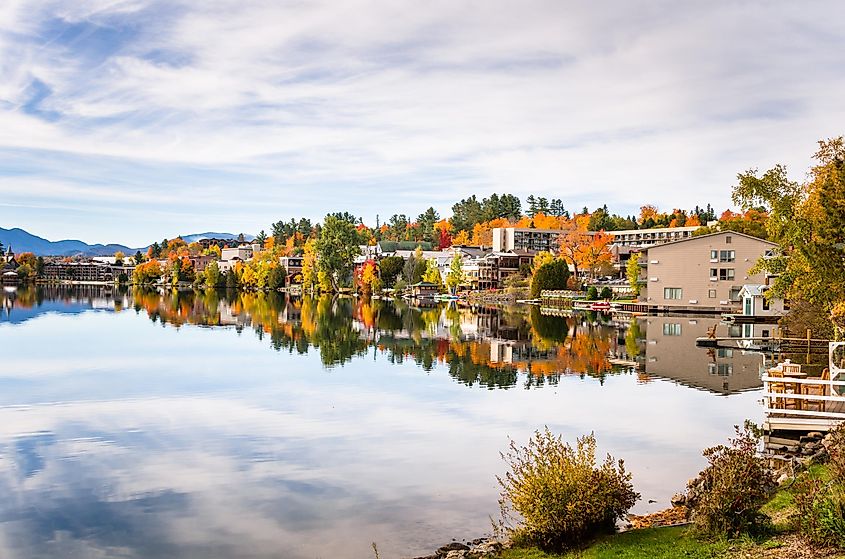
As of 2021, the population of Lake Placid is 2,303. The overwhelming majority of the village’s population, 97.19%, are considered white. More than 81% of the village’s residents speak only English, while Spanish is spoken by 5.4% of residents. Most of the rest speak other, Indo-European languages. Over 85% of Lake Placid residents were born in the United States, while 58.95% were born in New York.
Economy Of Lake Placid
The average household income in the village of Lake Placid is $63,955. The poverty rate in the village is 18.17%, and the unemployment rate is a very low 0.7%. The largest economic sectors in terms of number of employees in Lake Placid are accommodation & food services, retail trade, and finance & insurance.
History Of Lake Placid
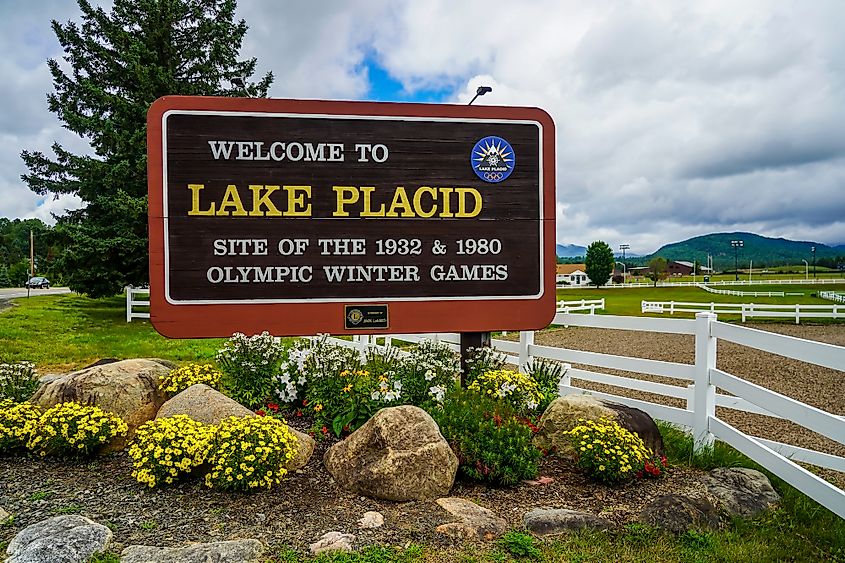
Lake Placid was founded in the early 19th century in order to develop an iron ore mining operation. By 1840, the village of North Elba, which is located just 6.5 km south of the present-day village of Lake Placid, had only six families living in it. In 1845 a philanthropist named Gerrit Smith bought large tracts of land around North Elba, and granted some of this land to freed slaves. This land soon became the site of what was known as the “Freed Slave Utopian Experiment”, nicknamed Timbuctoo.
Later in the 19th century, as leisure time became more accessible, Lake Placid began drawing members of the wealthy class, who built their Adirondack Great Camps there. They did this in order to “vacate” the sweltering heat of the northeast cities during the summer in favor of the cool air in the Adirondack Mountains. This is how the word “vacation” and the practice of vacationing originated. In 1895, Melvil Dewey, who invented the Dewey Decimal System, founded what was known as the Placid Park Club. This club would contribute to the development of winter sports in the area. The village built its first golf course in 1898, one of the first golf courses built in the United States. In 1900, the village was officially incorporated.
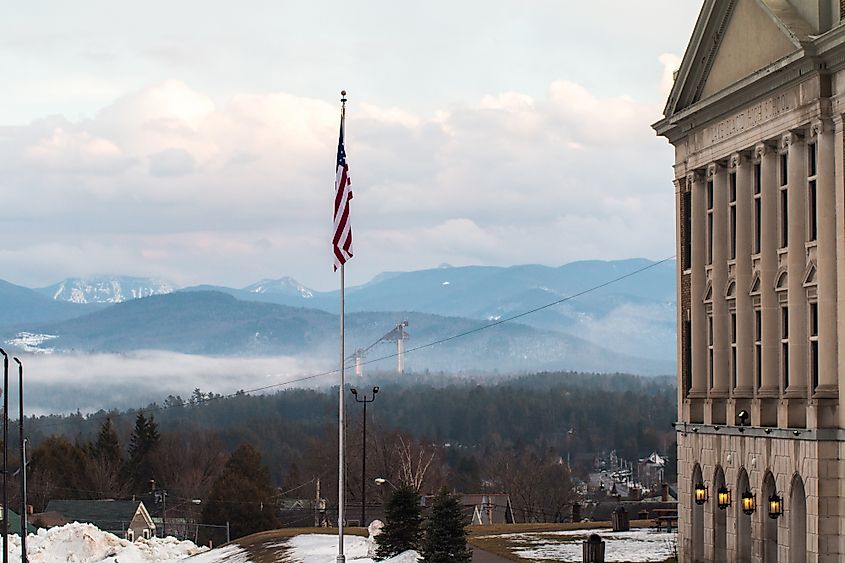
By 1921, the village boasted a ski jumping, speed skating, and skiing association. Eight years later, Dr. Godfrey Dewey, the son of Melvil, persuaded the International Olympic Committee to hold the Olympic Games in Lake Placid, arguing that the village had the best winter sport facilities in the world. Thus, in 1932, the Winter Olympics were held in the village of Lake Placid. During these games, John Shea, who was a lifetime resident of the village, won two gold medals for speed skating. In 1980, Lake Placid hosted the Winter Olympics for the second time.
Attractions In The Lake Placid Area
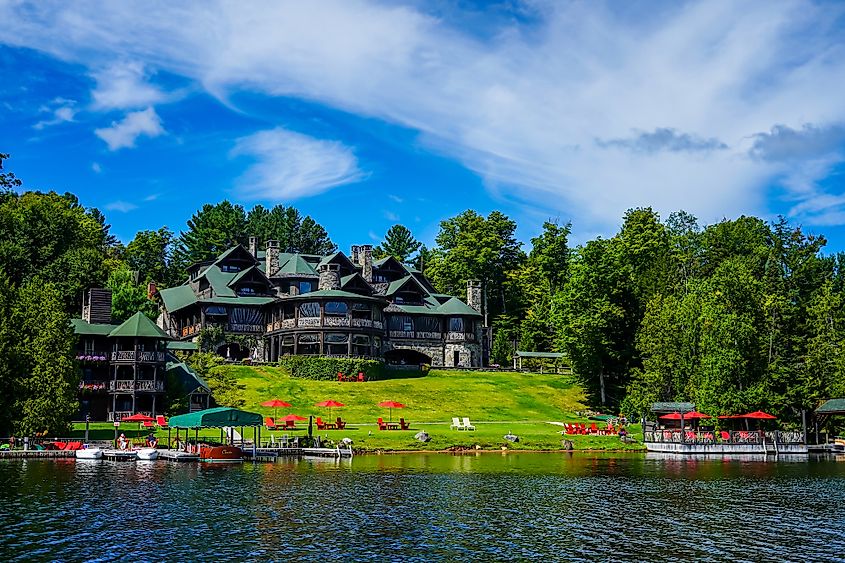
Above all, Lake Placid is a place for outdoor sports and recreation. Arguably, the village’s most popular sites are those related to the Winter Olympic Games that were hosted there. One of these sites is the Lake Placid Olympic Center, where the US men’s hockey team overcame overwhelming odds to beat the team from the Soviet Union in what was termed “The Miracle on Ice”, during the 1980 Winter Olympics. The Lake Placid Olympic Museum is where visitors can view many artifacts from the Olympics hosted in the village, such as athletes’ uniforms and equipment, Olympic torches, mascots, and Olympic medals. Other Olympic sites include the US Olympic Training Center, the Olympic Skating Oval, the Olympic Jumping Complex, Whiteface Mountain, Mt. Van Hoevenberg, and the Mt. Van Hoevenberg Cross Country Skiing and Biathlon Center.
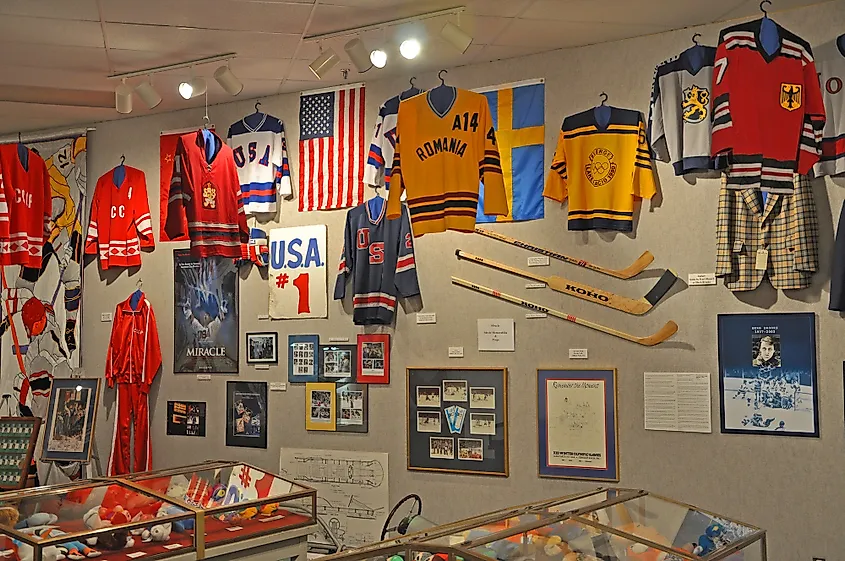
Of course, Lake Placid is not just for Olympians or those who aspire to the Olympics in the future. It is also a place where anyone looking for an outdoor adventure can feel right at home. Many of the venues and facilities used for the Olympic Games can still be used by ordinary tourists today. For example, Whiteface Mountain is very popular among skiers and even has hills set aside for absolute beginners. Lake Placid is not just for winter sports either. In the warmer months, visitors can partake in a number of different activities. Golf, for instance, has always been popular in Lake Placid. Indeed, the village has more golf courses than any other region in the Adirondacks.
The village itself is also not without its attractions. The village’s Main Street offers a fantastic shopping experience with stores selling everything from outdoor wear to natural pet foods. Folks who want to learn about the history of Lake Placid would be wise to visit the John Brown Farm State Historic Site, named after the famed 19th-century abolitionist who was the man behind the aforementioned “Freed Slave Utopia Experiment.” This site also offers year-round hiking trails.


